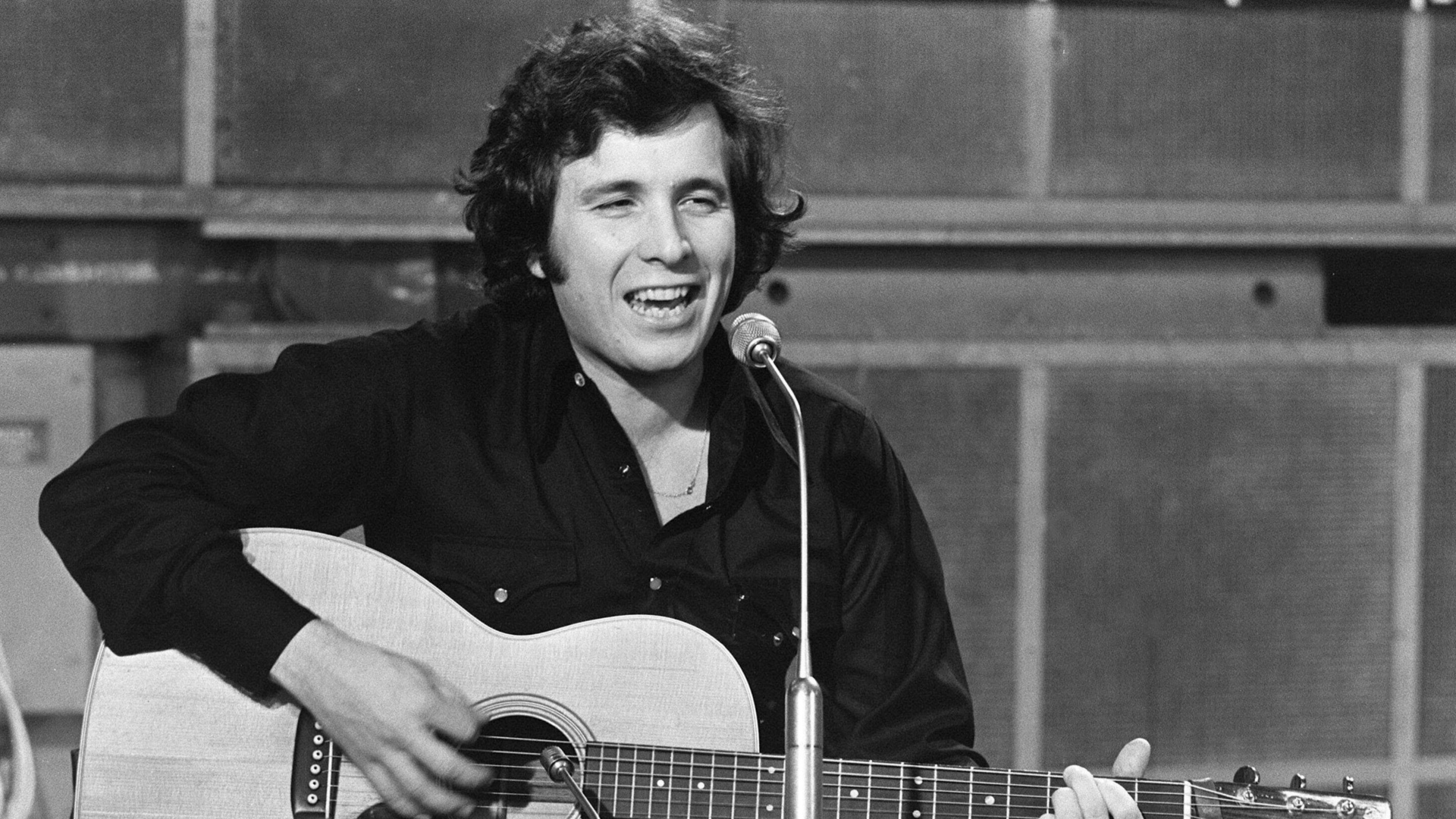
Don McLean’s “American Pie”
Originally aired on Studio 360 and their affiliates on October 25, 2018. It was late in 1971 when the singer-songwriter Don McLean released his song “American Pie.” Today, everybody still seems […]
 play_arrow
play_arrow
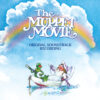 play_arrow
play_arrow
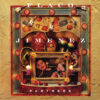 play_arrow
play_arrow
The Sounds of America: Flaco Jiménez’s Partners album BMPAudio
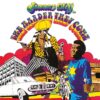 play_arrow
play_arrow
The Sounds of America: The Harder They Come Soundtrack BMPAudio
 play_arrow
play_arrow
 play_arrow
play_arrow
 play_arrow
play_arrow
 play_arrow
play_arrow
 play_arrow
play_arrow
 play_arrow
play_arrow
Science Of Happiness 76: If You Want to Be More Productive, Cut Yourself Some Slack BMPAudio
 play_arrow
play_arrow
 play_arrow
play_arrow
 play_arrow
play_arrow
Science of Happiness 73: How to Switch Off Your Critics BMPAudio
 play_arrow
play_arrow
 play_arrow
play_arrow
Science of Happiness 72: How To Reconnect With Your Partner BMPAudio
 play_arrow
play_arrow
The Science of Happiness 71: Do You Want To Be More Patient? BMPAudio
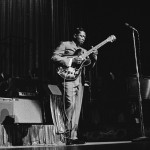 play_arrow
play_arrow
Red, White and the Blues BMPAudio
 play_arrow
play_arrow
The Science Of Happiness 70: How To Love People You Don’t Like BMPAudio
 play_arrow
play_arrow
The Science of Happiness 69: What’s Your “Why” In Life? BMPAudio
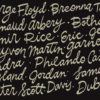 play_arrow
play_arrow
The Science of Happiness 68: From Othering to Belonging BMPAudio
 play_arrow
play_arrow
The Science of Happiness 67: Taking Small Steps toward Big Goals BMPAudio
 play_arrow
play_arrow
1A Memorial Day Special BMPAudio
 play_arrow
play_arrow
The Science of Happiness 66: How to Connect When You Must Stay Apart BMPAudio
 play_arrow
play_arrow
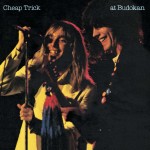 play_arrow
play_arrow
 play_arrow
play_arrow
The Science of Happiness 64: Helping Kids Think About the Good BMPAudio
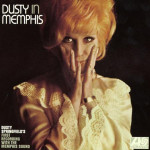 play_arrow
play_arrow
 play_arrow
play_arrow
The Science of Happiness 63: Remembering to Breathe BMPAudio
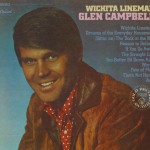 play_arrow
play_arrow
 play_arrow
play_arrow
The Sounds of America: “Hello Muddah, Hello Fadduh” BMPAudio
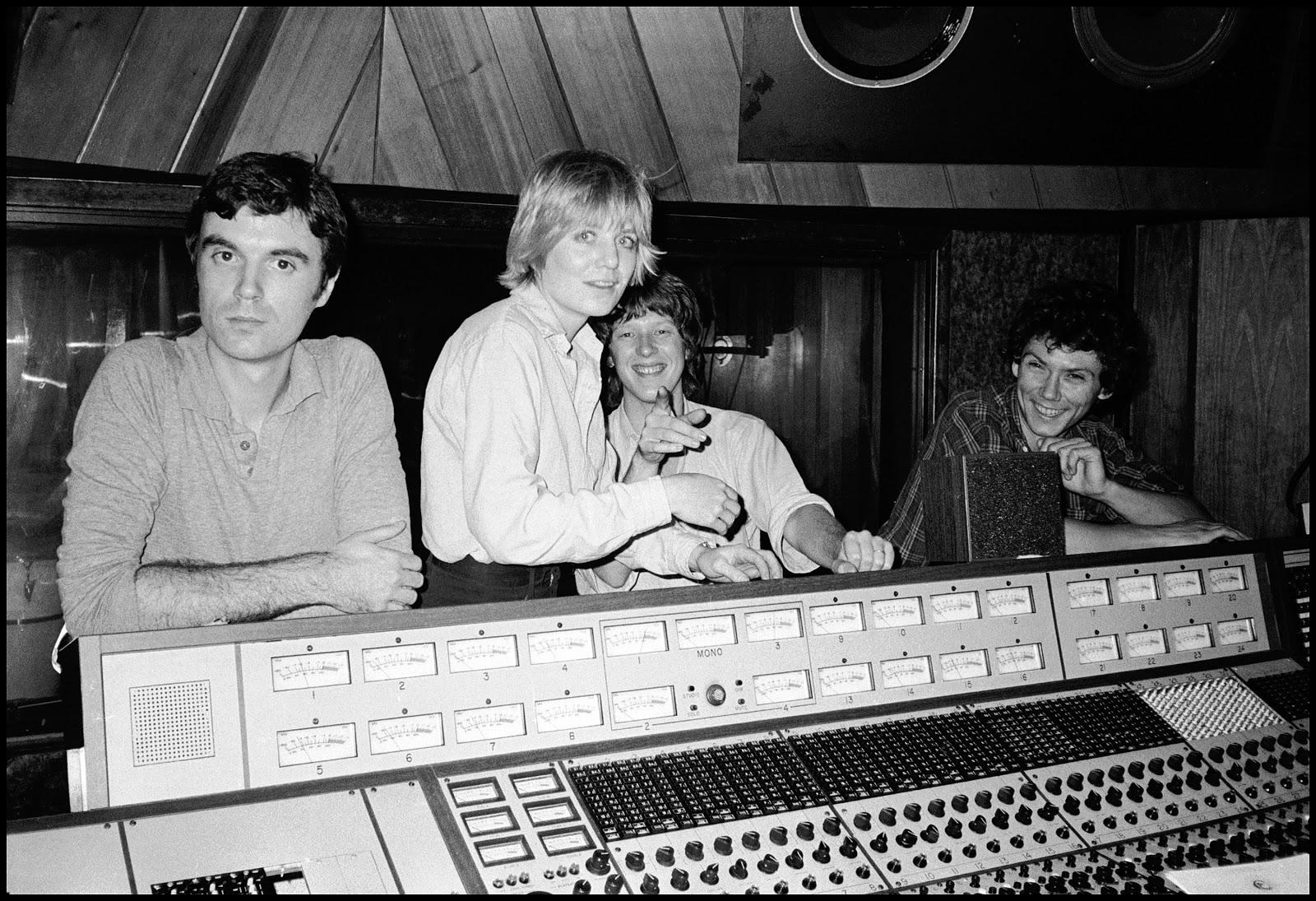
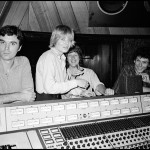 play_arrow
play_arrow
Talking Heads, ‘Remain in Light’ BMPAudio
Originally aired on Studio 360 and their affiliates on November 8, 2018.
It was early 1980 and Talking Heads were stuck. Drummer Chris Frantz and bassist Tina Weymouth were eager to get started on their next album. But David Byrne was distracted by an experimental album he was doing with long-time collaborator Brian Eno.
To get his attention Frantz and Weymouth tried something new — they suggested the band just get together to jam. They invited Eno along, too.
Up until that time Talking Heads had always gone into the recording studio with songs already written. But these experimental jams that happened at their loft with Eno seemed promising enough that for their next album they decided to compose the music entirely from scratch in the recording studio. “At that time in 1980 this was very rarely done,” author Sytze Steenstra says. “This was done in experimental composition, but not in popular music.”
Eno and the band went to Compass Point studios in Nassau, Bahamas, where they would record instrumental jams, taking away layers of tape and adding new layers, creating a collage of sounds. They took inspiration from African Highlife music, Fela Kuti in particular, creating complex polyrhythmic sound beds. “Not only is it brainy and sonically beautiful, but it’s also really great to dance to,” Weymouth says.
“After we recorded all the basic tracks,” Frantz says, “David’s feeling was that these were very special tracks, very different and unusual, and therefore would require more time on his part to put together a cohesive lyric and vocal.” Byrne took some time away from the band, looking for inspiration. Paralleled with the way the band created the rhythm tracks, Byrne combined lyrical phrases in a collage style, pulling inspiration from radio preachers, newspaper headlines, a recording of interviews with former slaves and John Dean’s Watergate testimony.
The resulting album, “Remain in Light,” is recognized as a turning point for the band. The band adopted this new composition technique as their songwriting process, and expanded to eight or nine members in order to reproduce the album live for their Remain in Light tour.
“It was a moment of liberation,” Steenstra says. “Talking Heads would go on to make films, David Byrne went on to make music for ballet and for theater, and he would make theater himself. There was this very open range of artistic possibilities. Very very wide open.”
“Remain in Light” was recognized in 2017 by the Library of Congress for preservation in the National Recording Registry.
This story was produced by Jennie Cataldo and BMP Audio.

BMPAudio October 26, 2018
Originally aired on Studio 360 and their affiliates on October 25, 2018. It was late in 1971 when the singer-songwriter Don McLean released his song “American Pie.” Today, everybody still seems […]
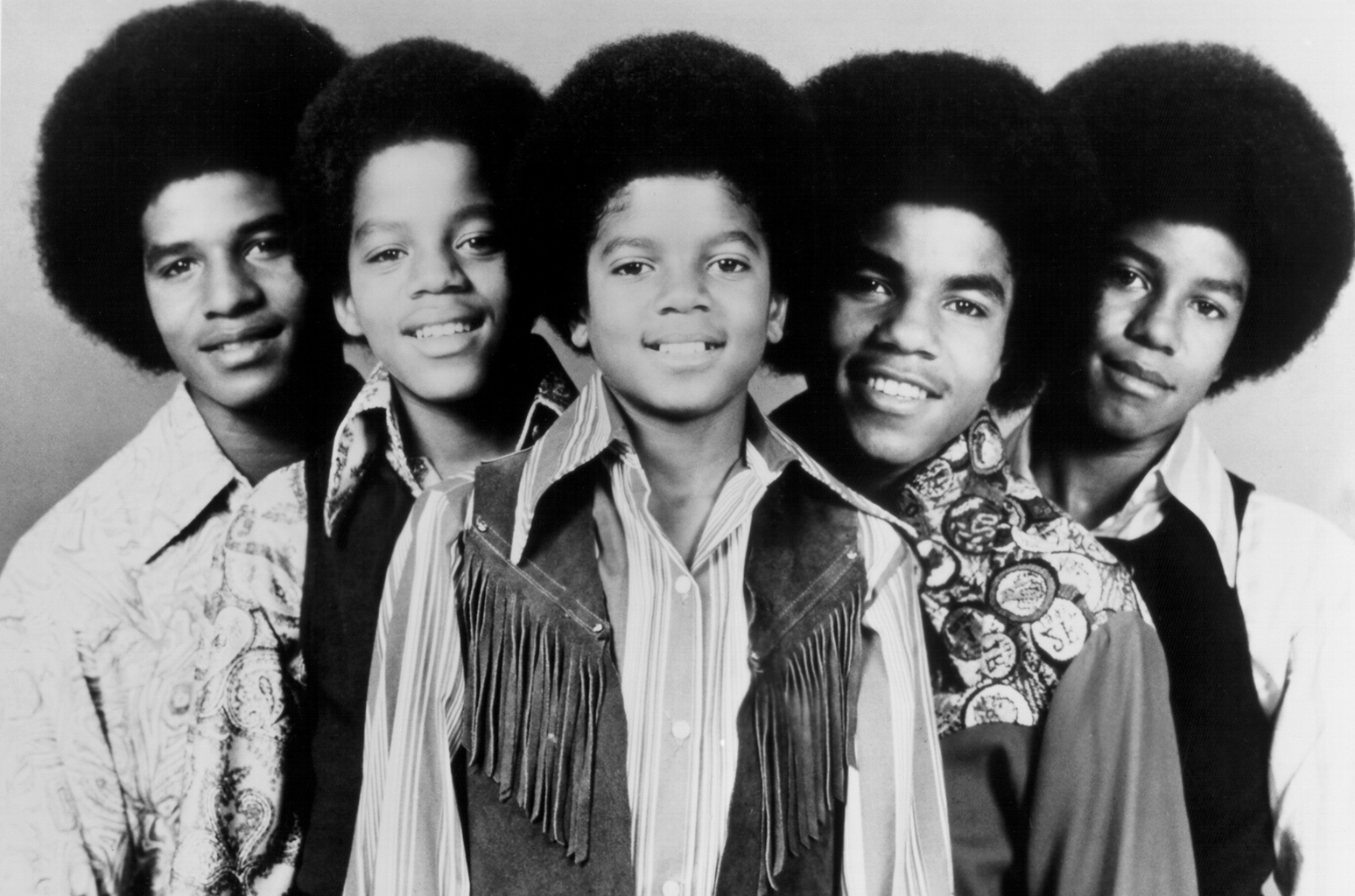
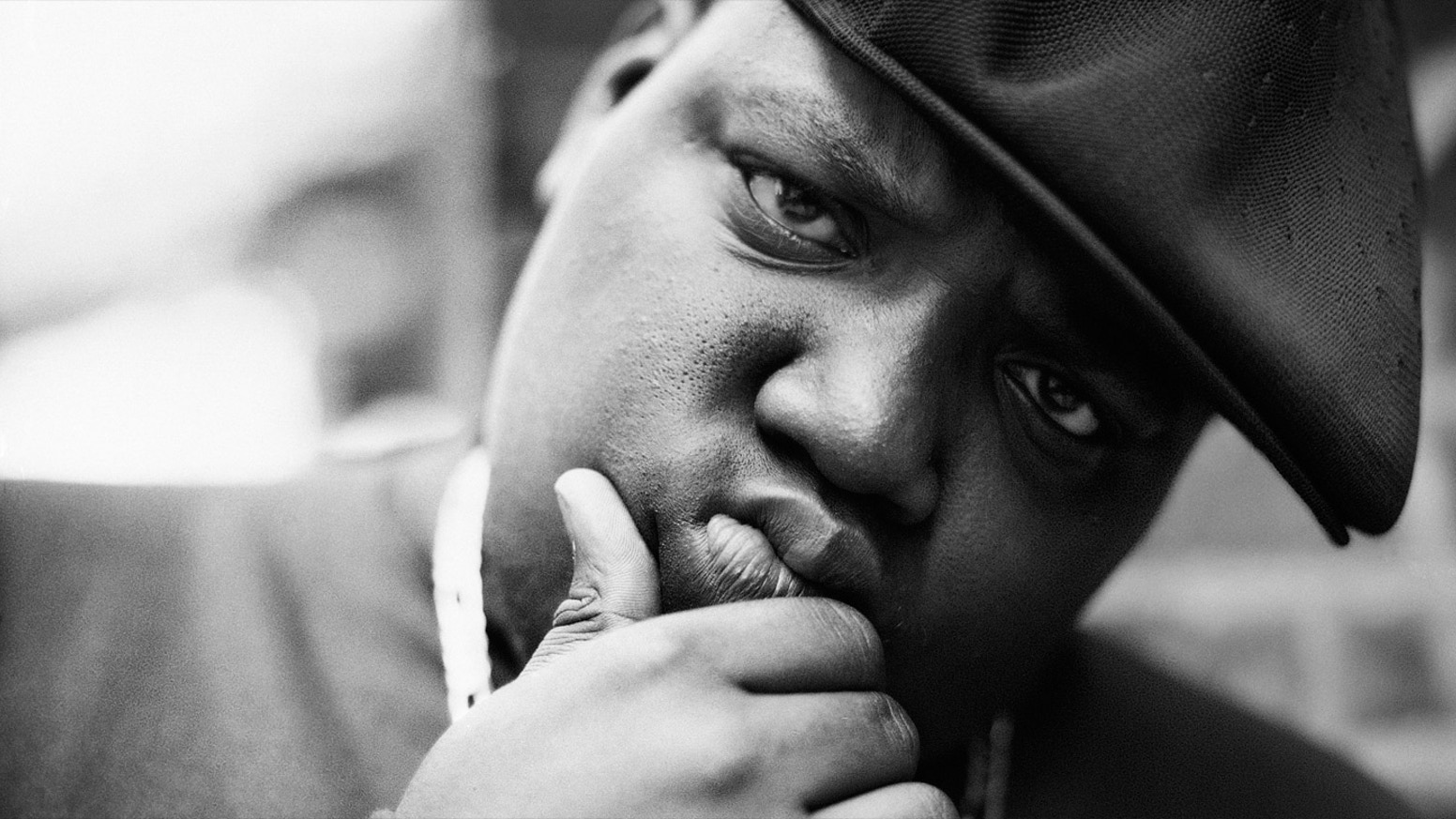
Whether a syndicated national radio series, podcast, documentary or audiobook, BMP Audio creates imaginative, sophisticated and effective sound tracks for your ideas. Our fully digital production facilities assure the highest level of audio fidelity. The world’s top broadcast companies know this – and that’s why they choose BMP Audio.